Description
SEEEDpod is an extremely versatile all weather case system for the Seeed Studios nRF52840 Meshtastic device that can be configured for a wide range of scenarios, including both mobile and fixed position.
Straight off the printer, SEEEDpod provides excellent protection against dust, water, and impacts; and they can be post processed to achieve full IP67 protection by painting the parts and installing an O-ring.
The radio can be installed/removed from the case in mere seconds with an ordinary coin, making it very easy to reconfigure your node on the fly.
There are provisions for routing wires from the boards for battery leads and peripherals like GPS.
SEEEDpod is an entire ecosystem of expandable modules, creating endless possibilities for how you power and deploy your node. It can be configured as a simple carrying case, or as a permanent repeater, or anything in-between!
The first module option is a simple screwcap to protect the device during transport. This keeps the form factor as small as possible, and gives easy access to the device’s ports. Throw it in your bag and then plug it into your power sources and or other devices once you arrive.
The next option is a battery housing that can accommodate up to a 21700. The battery housing can also act as an extended screwcap to accommodate wires and connectors coming from the device. A smaller battery such as an 18350 can also be used to power the device while leaving room for wires and connectors.
The “basecamp module” is designed for deploying the device as a repeater node. While it’s intended for temporary deployment, such as during an emergency in a remote location, it can also serve as a more permanent installation if necessary. In essence, the basecamp module provides a dust and insect proof, water resistant gland for routing a cable to a power bank and or solar panel, allowing you to quickly repurpose a mobile node as a stationary repeater.
These models will work with a very wide range of settings and materials. I recommend .15mm layer height with 15% infill. Supports aren’t needed for any part, but I would recommend using a brim or possibly a raft for the main housing, depending on your material and bed prep. For light duty, PLA works fine. For more demanding applications, print in PETG and prime and paint the parts to waterproof them, and install O-rings on the threaded parts (size R15 works well, but a wide range of sizes in both standard and metric will also work).
The water resistant gland for the “basecamp module” is meant to be EVA foam (what cheap dollar store type flipflops are made from). There’s a printable cutter you can use to cut out little discs of it. Make a cut in the middle to pass your cable through. You might want to use several depending on the thickness of the material. If you want to create a waterproof seal for more permanent installation, you can seal up the gland with silicone or hot glue. Just be aware that the cord, now glued in place, won’t be able to spin freely, so don’t forget to remove the silicone before attempting to unscrew the basecamp module.

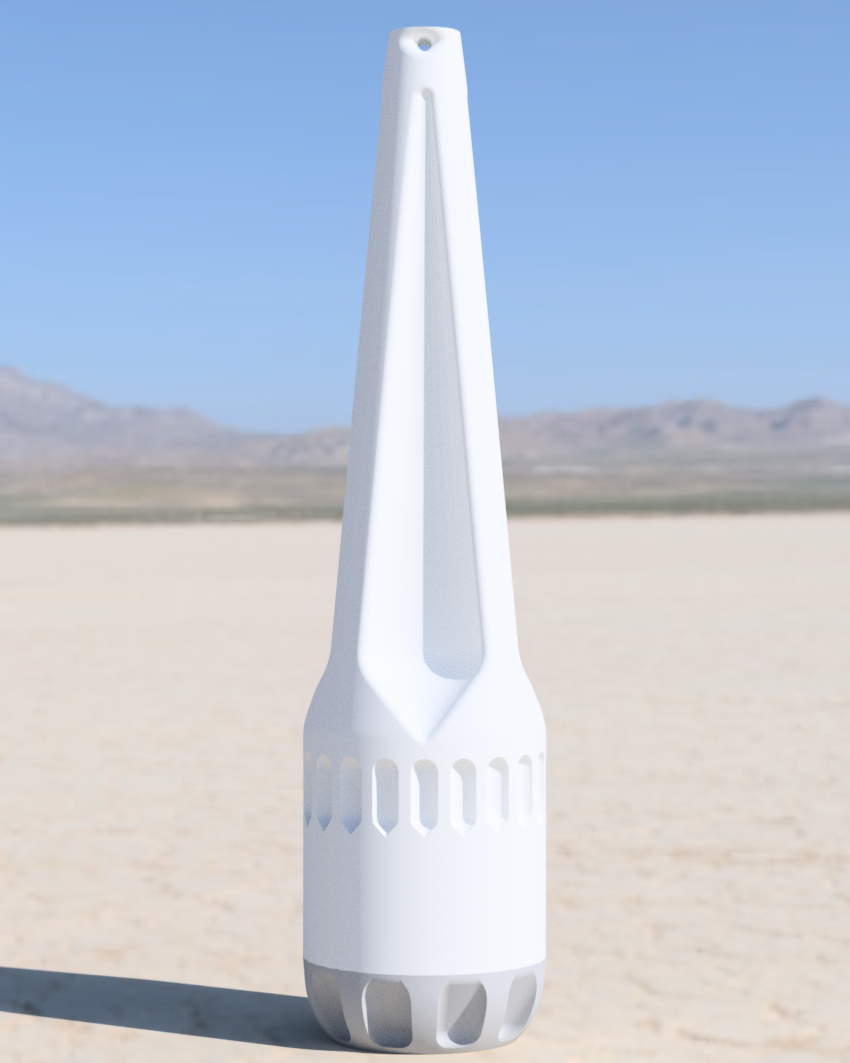

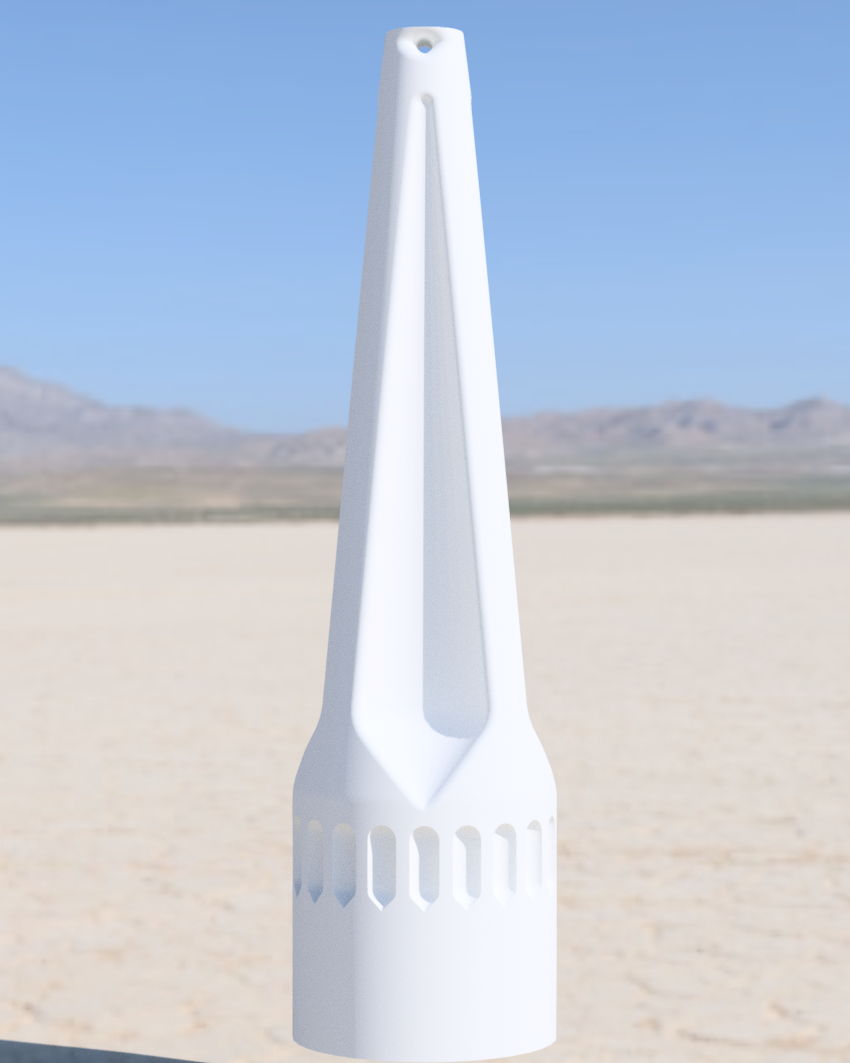
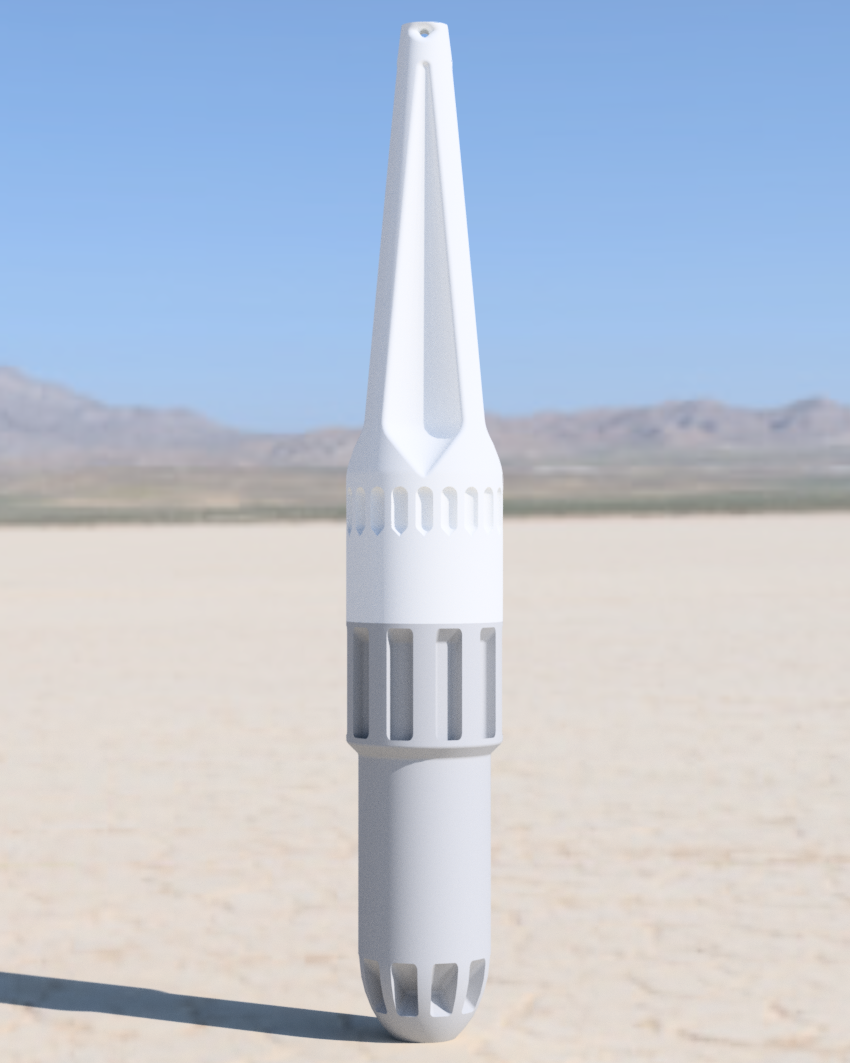
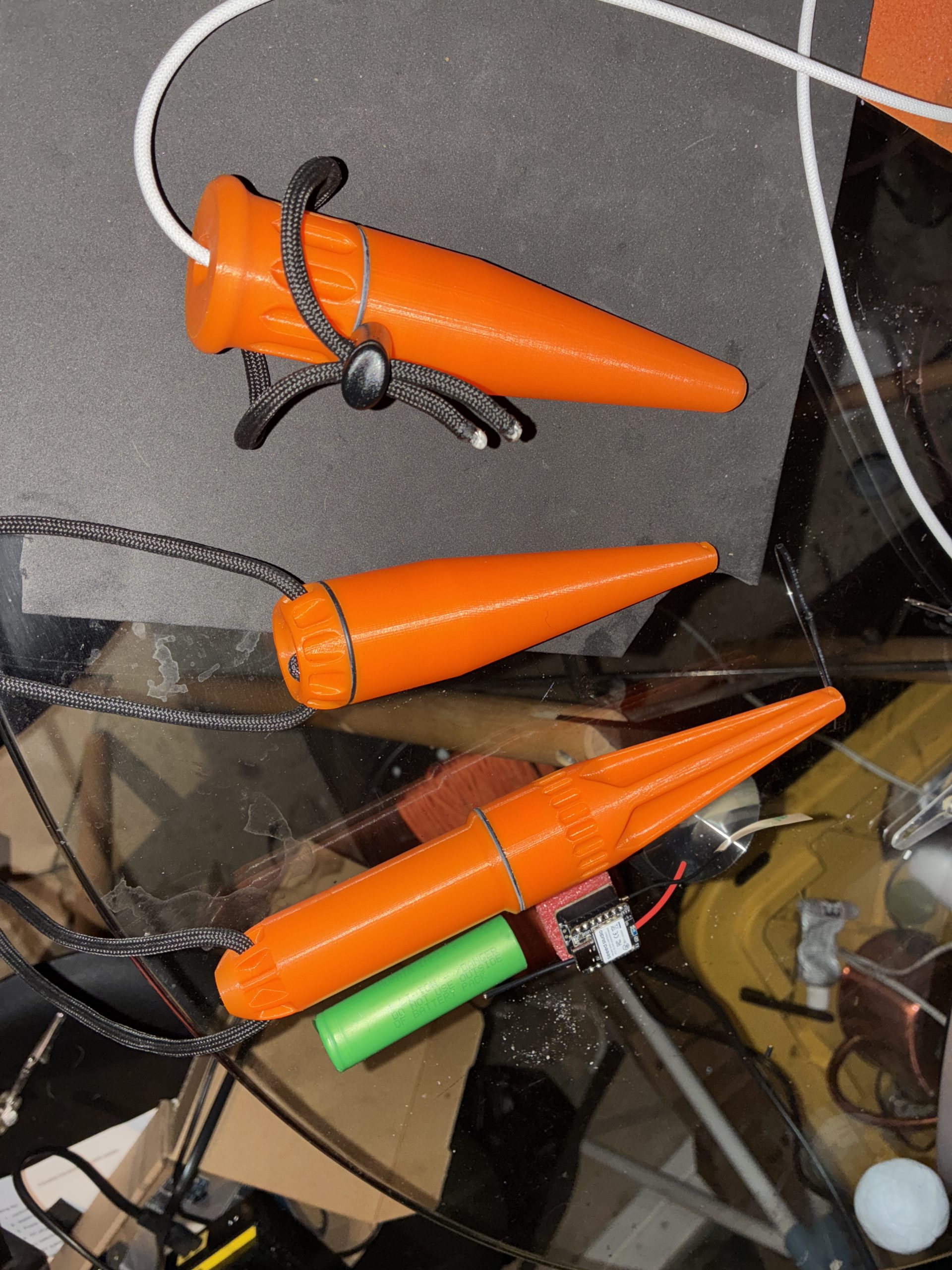
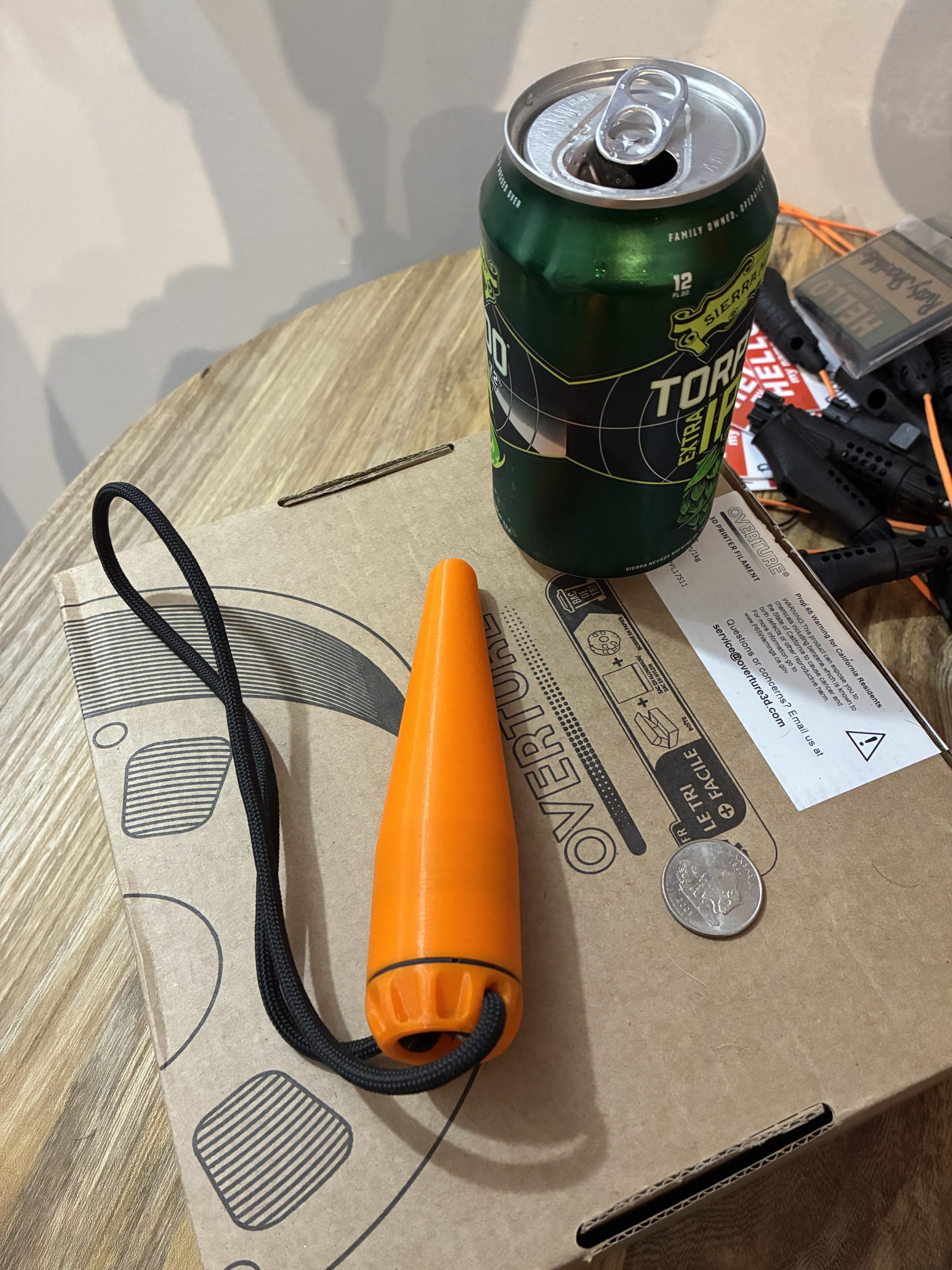
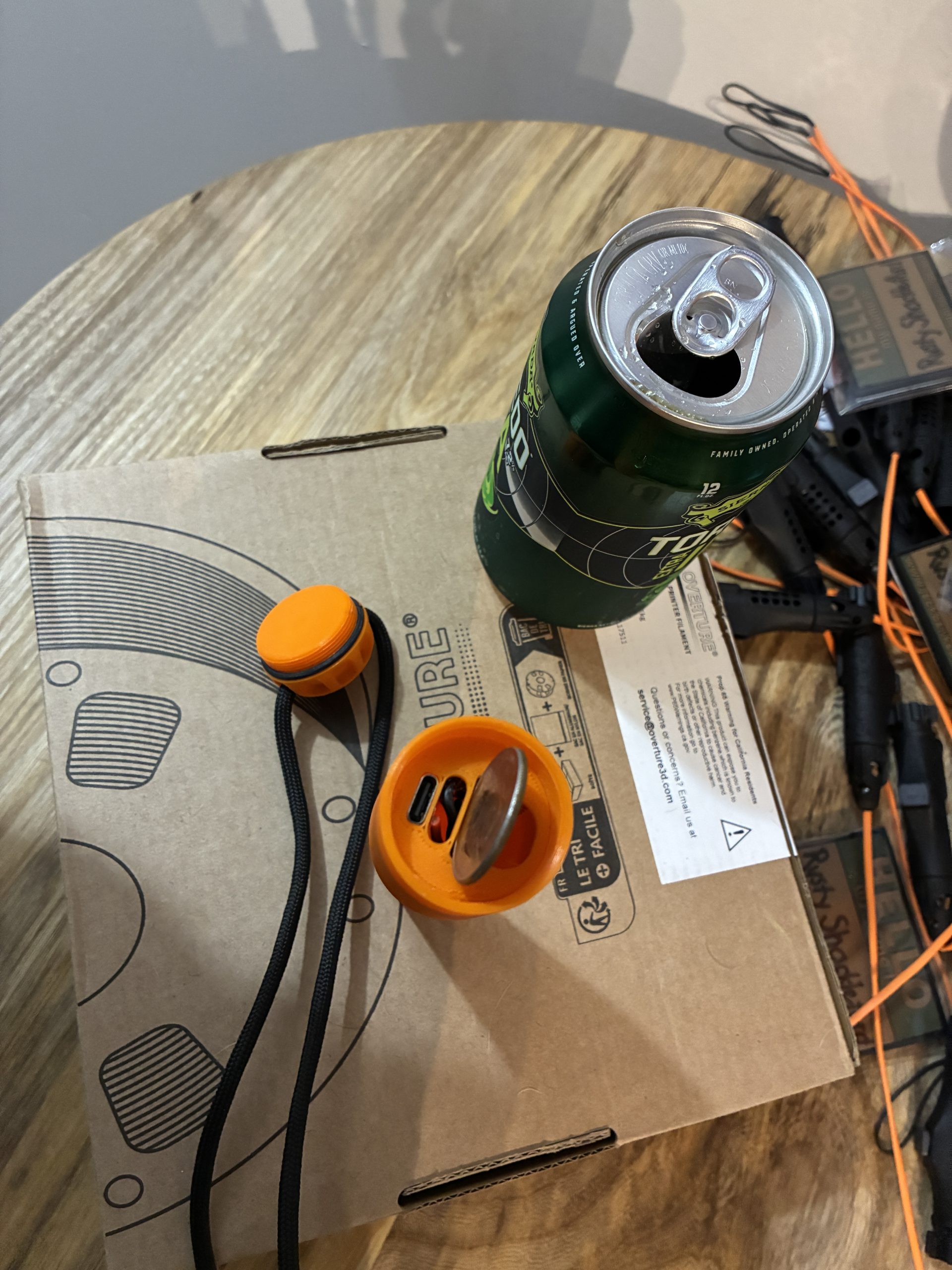
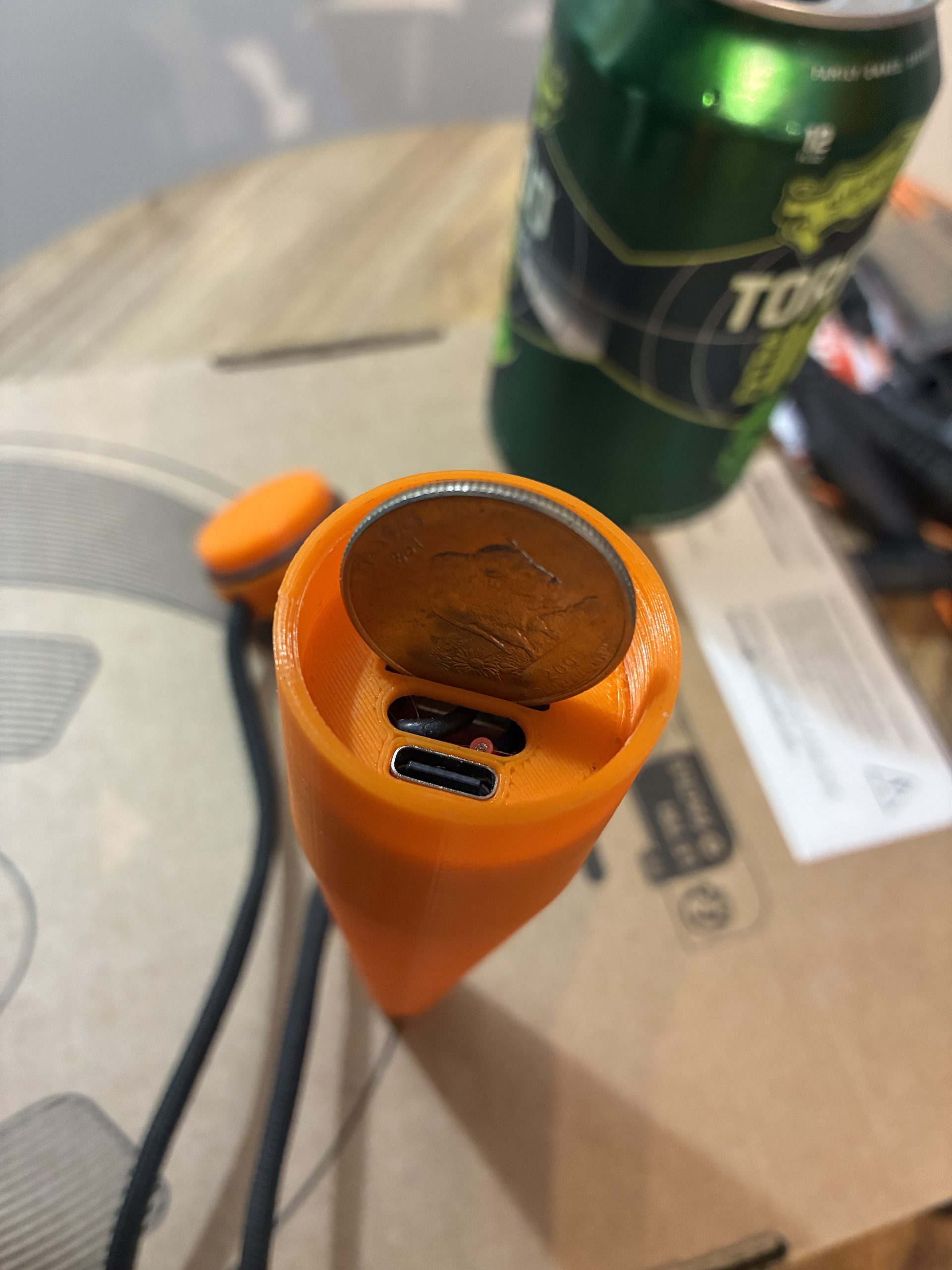
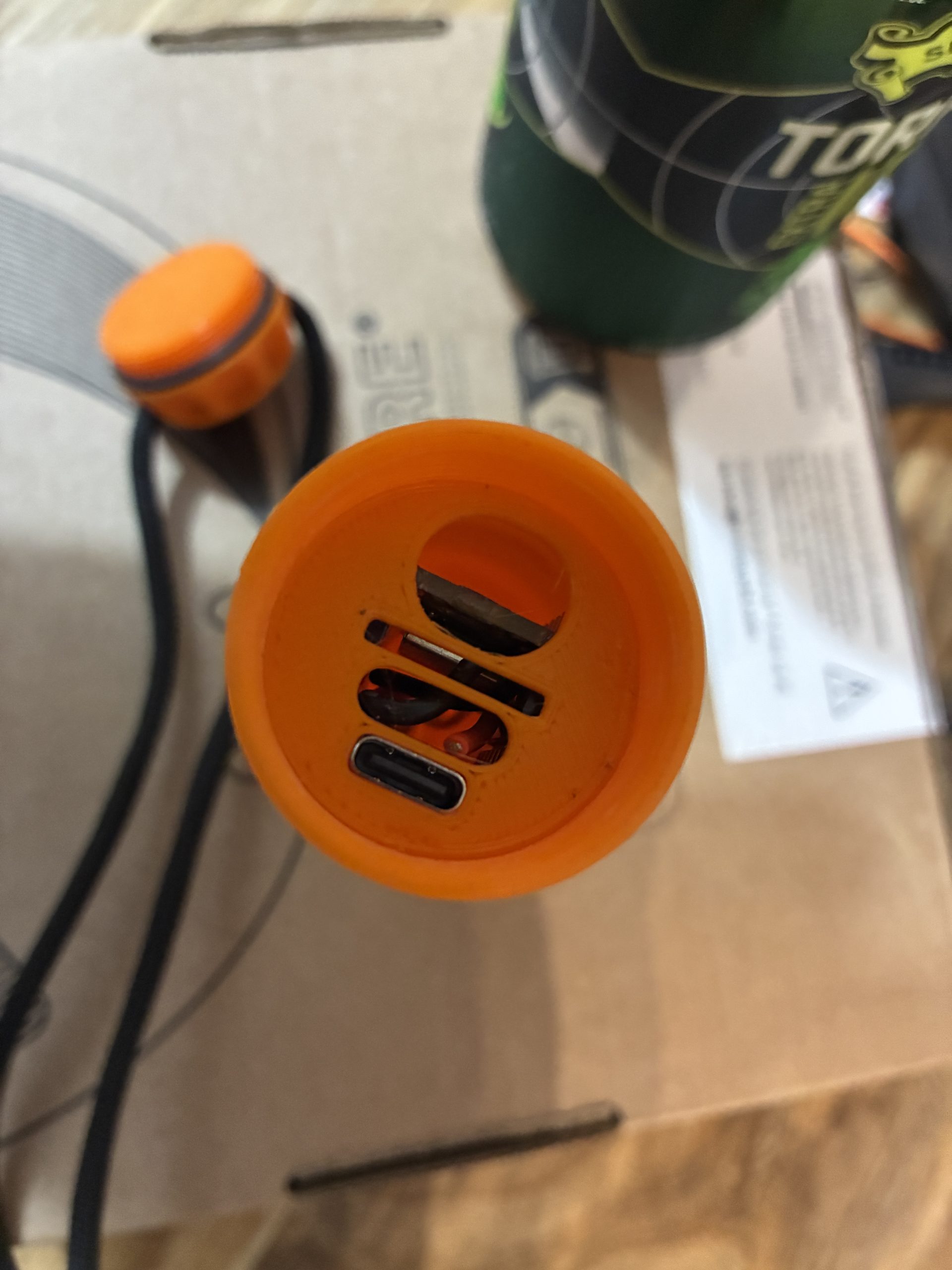
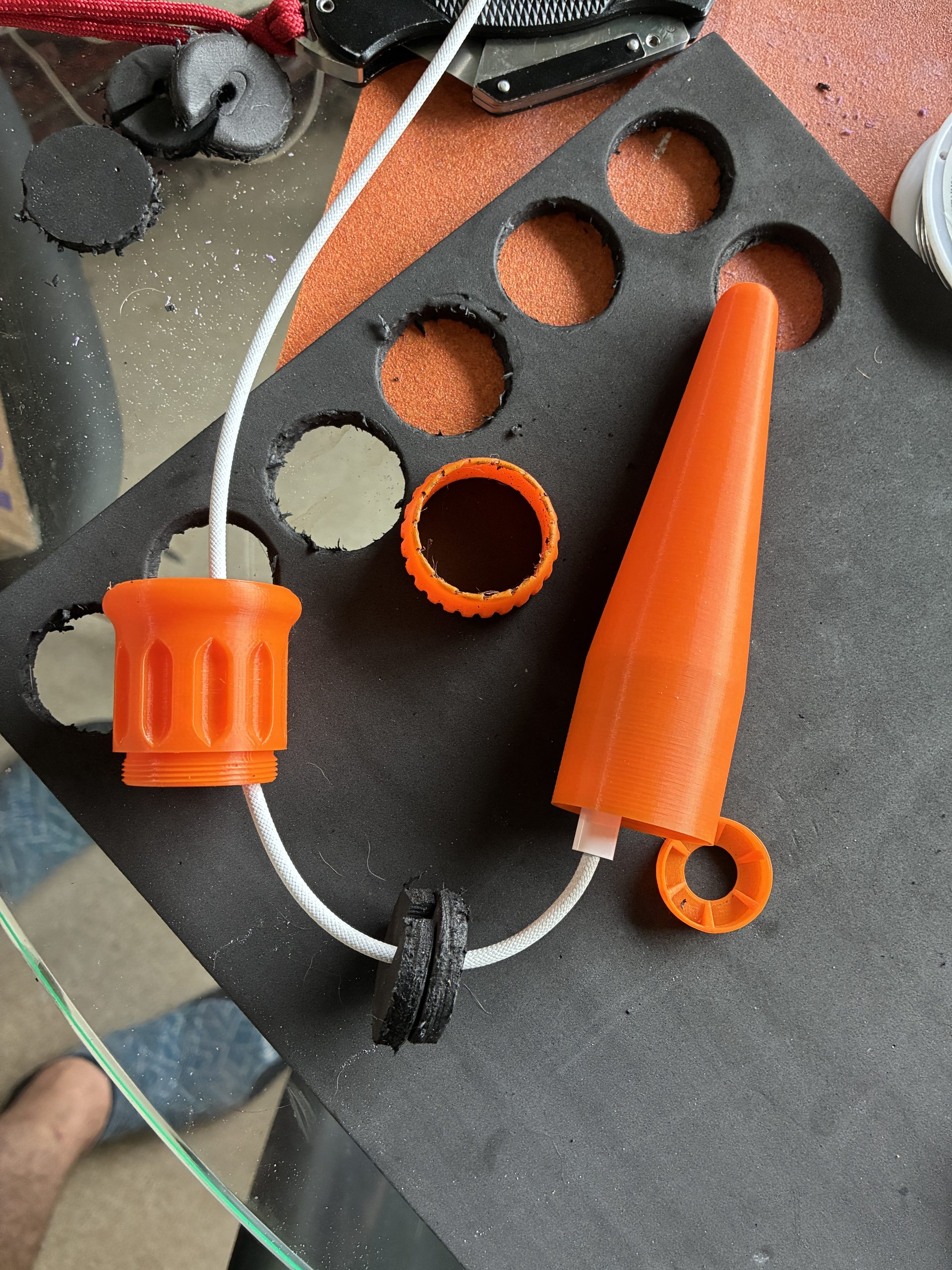
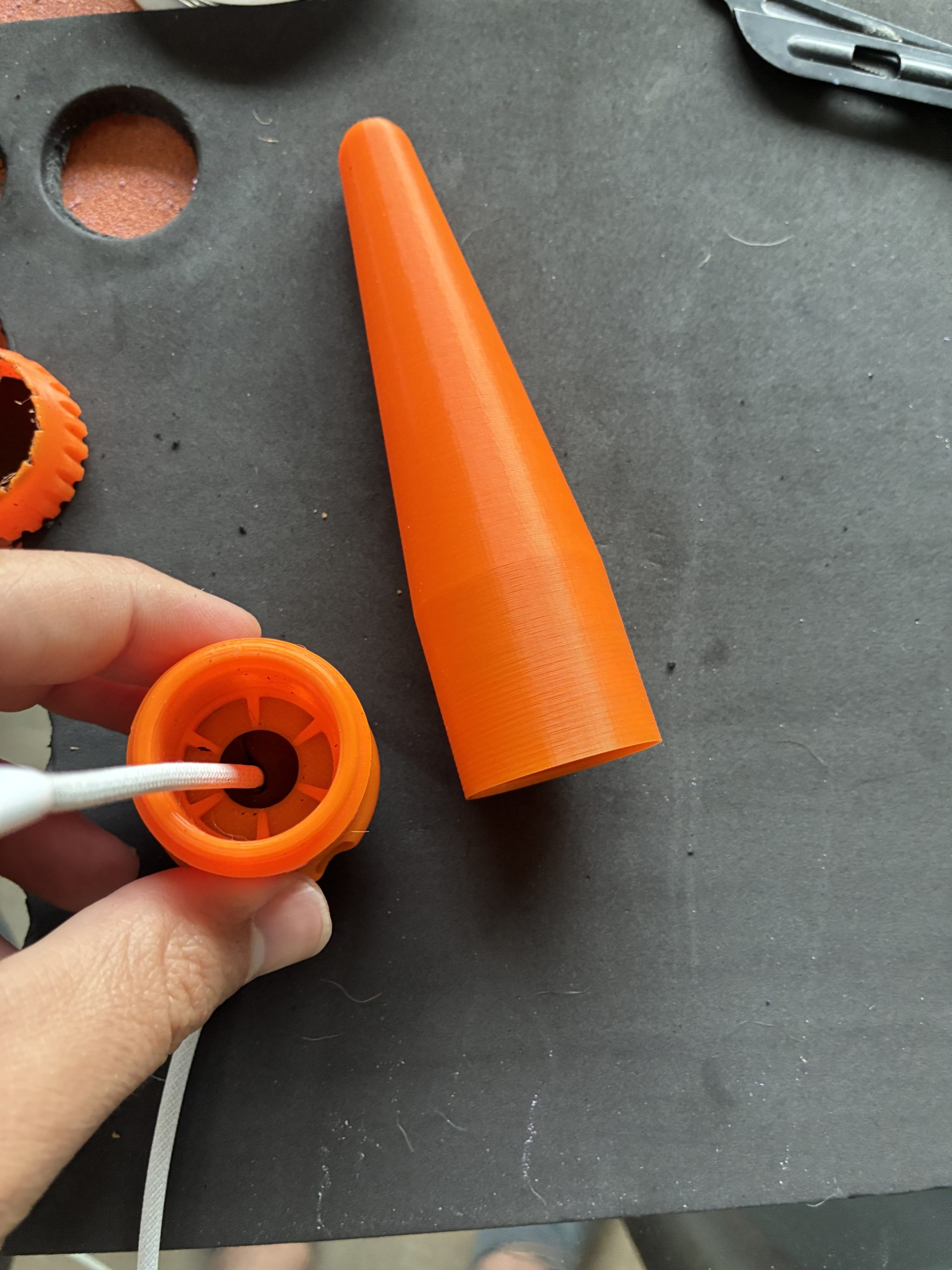
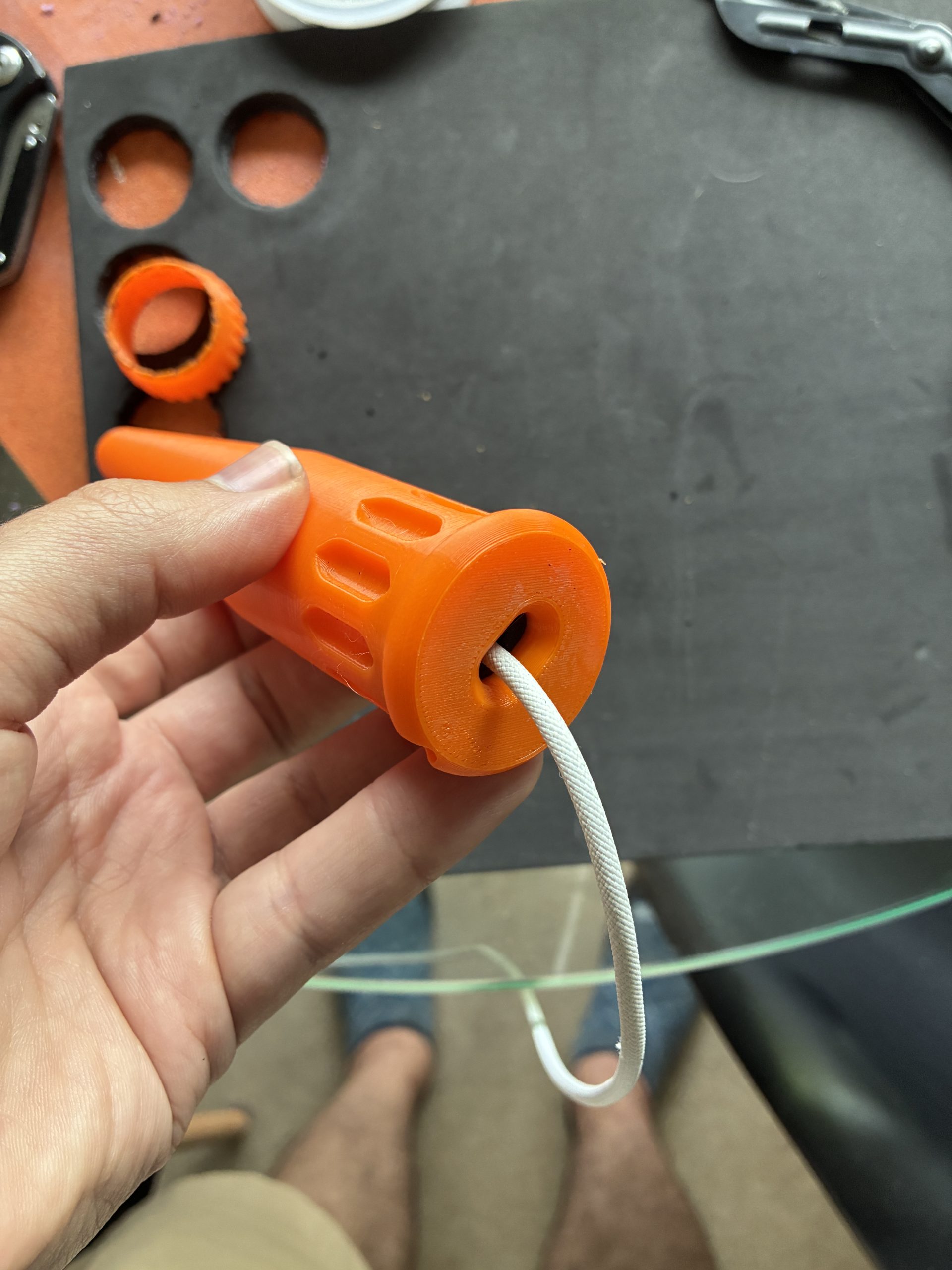
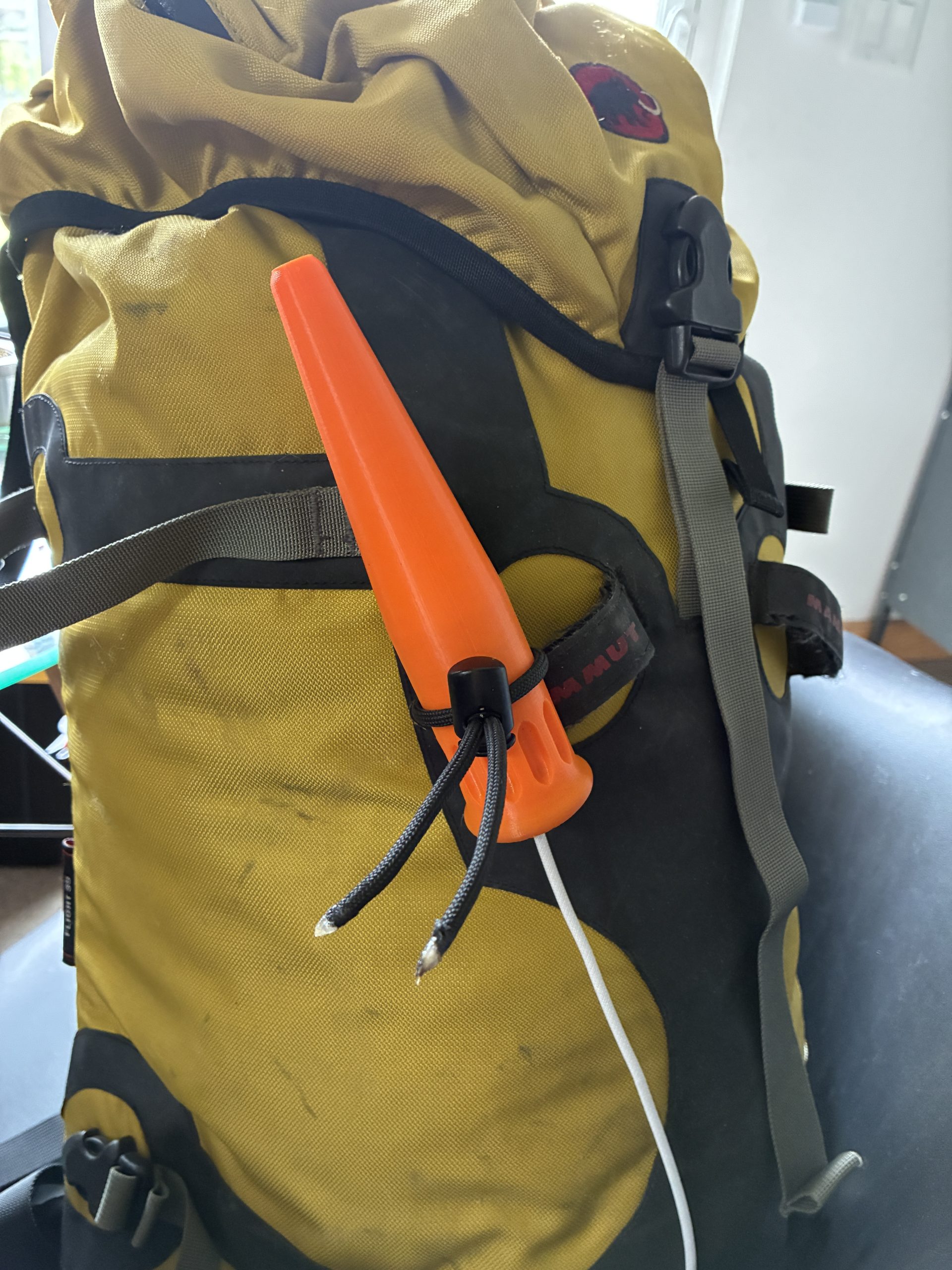
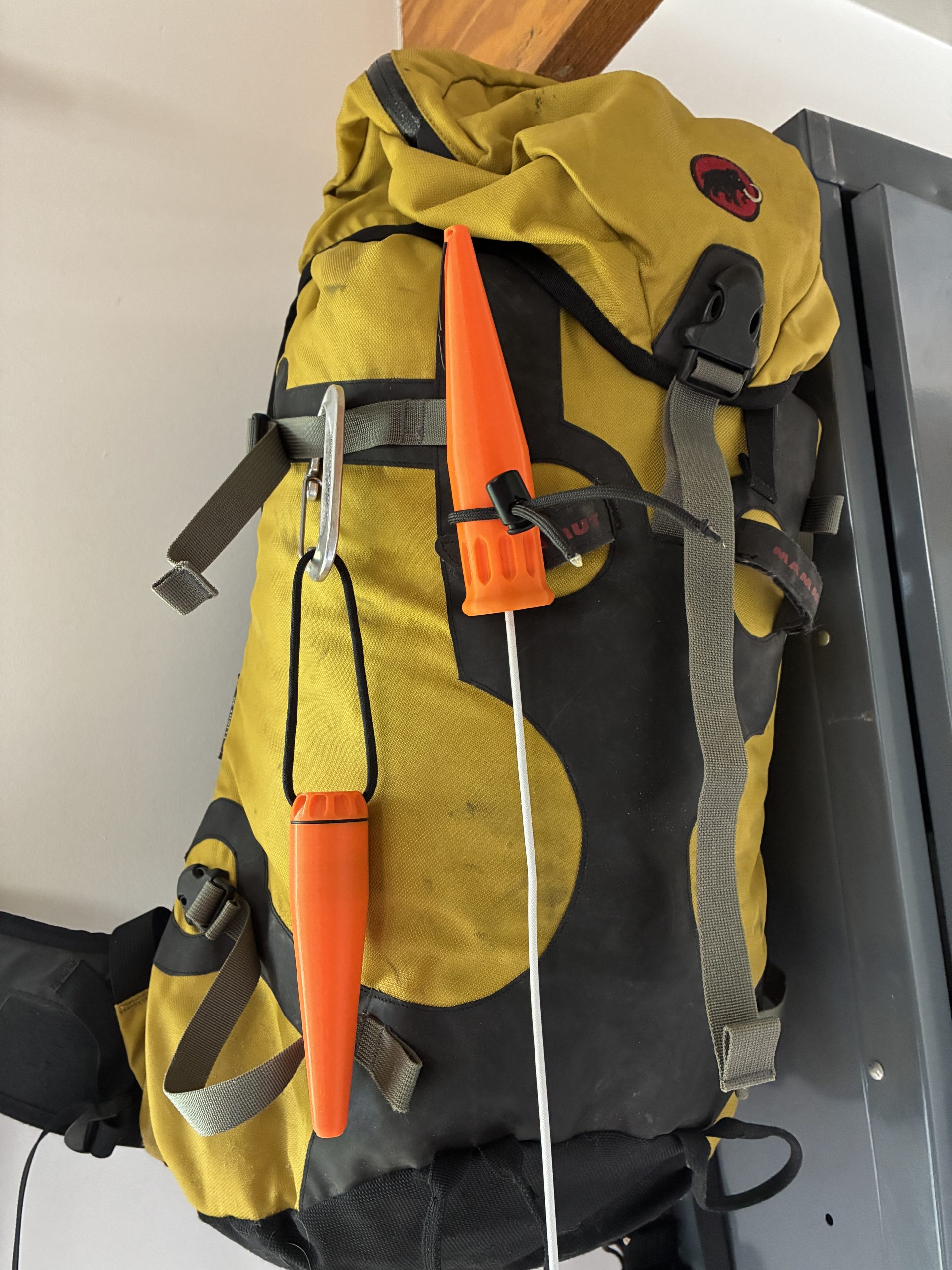
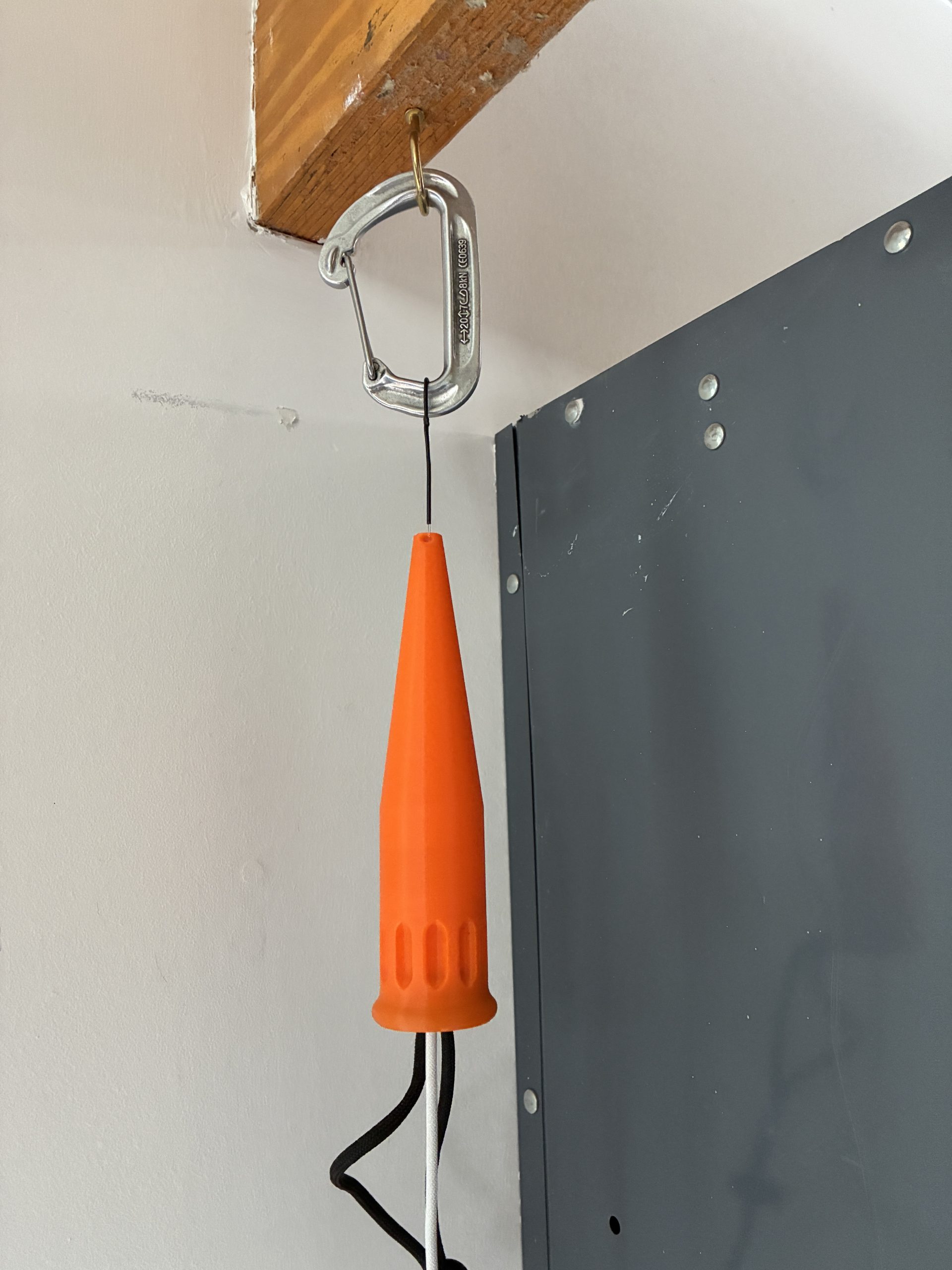
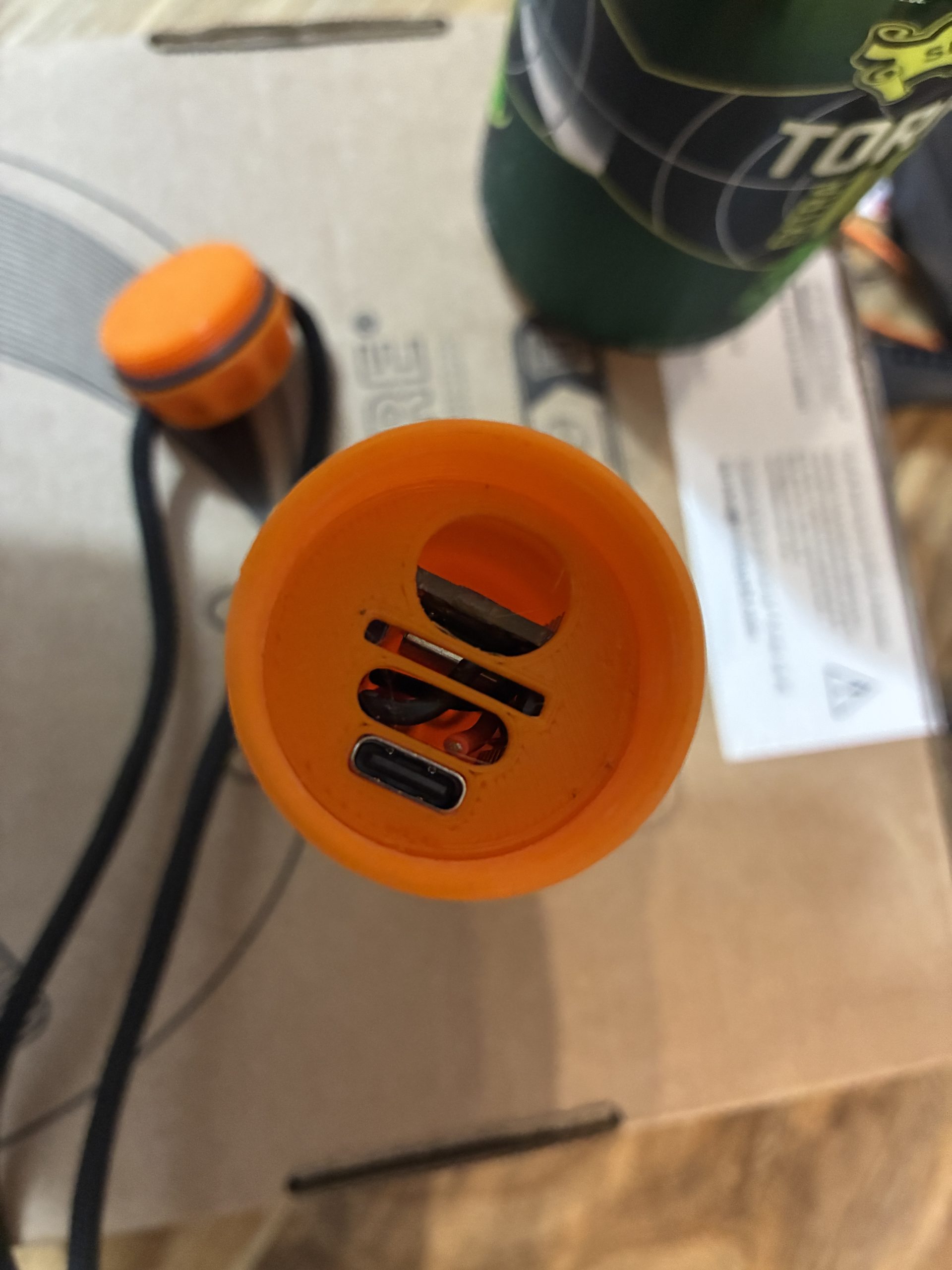
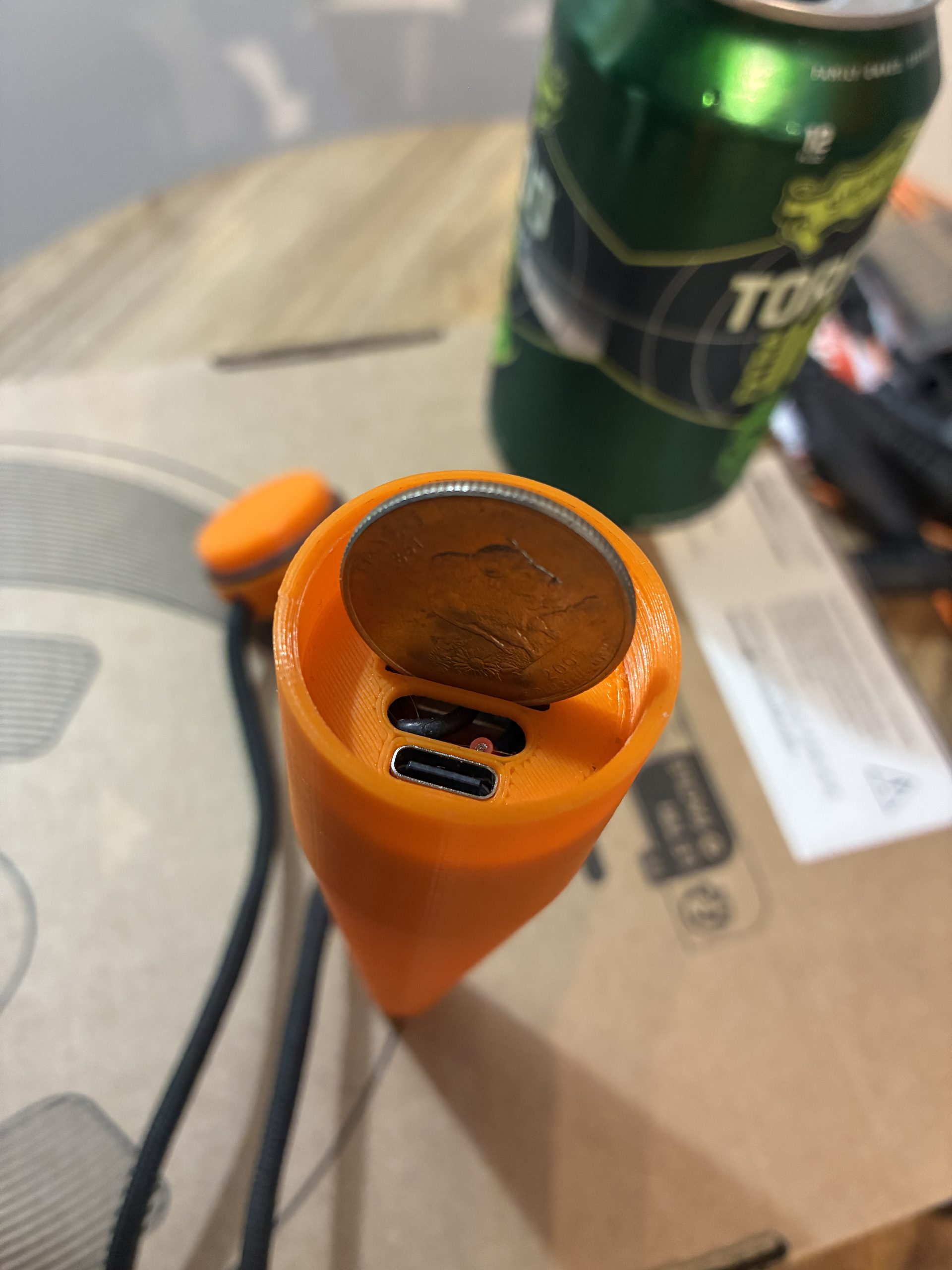
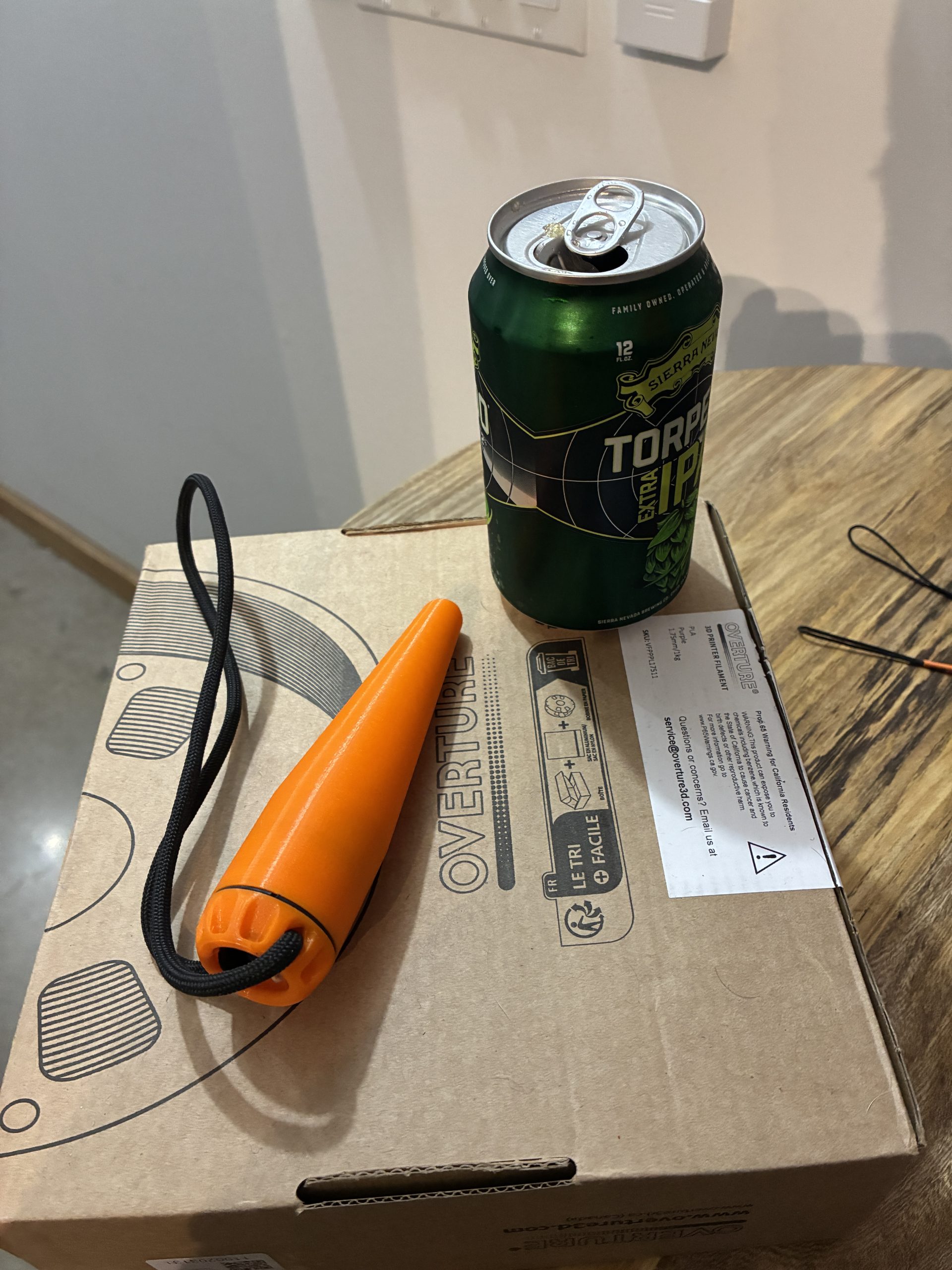
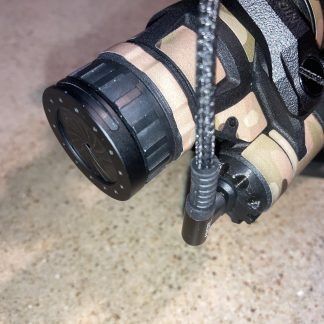
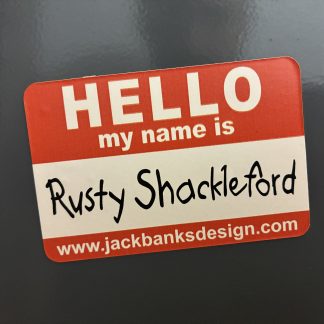
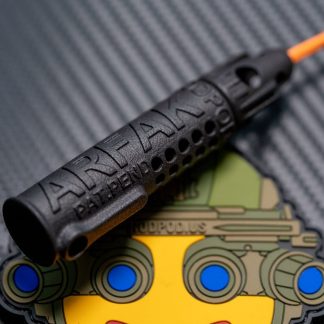
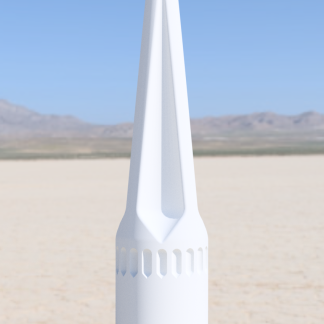
Reviews
There are no reviews yet.